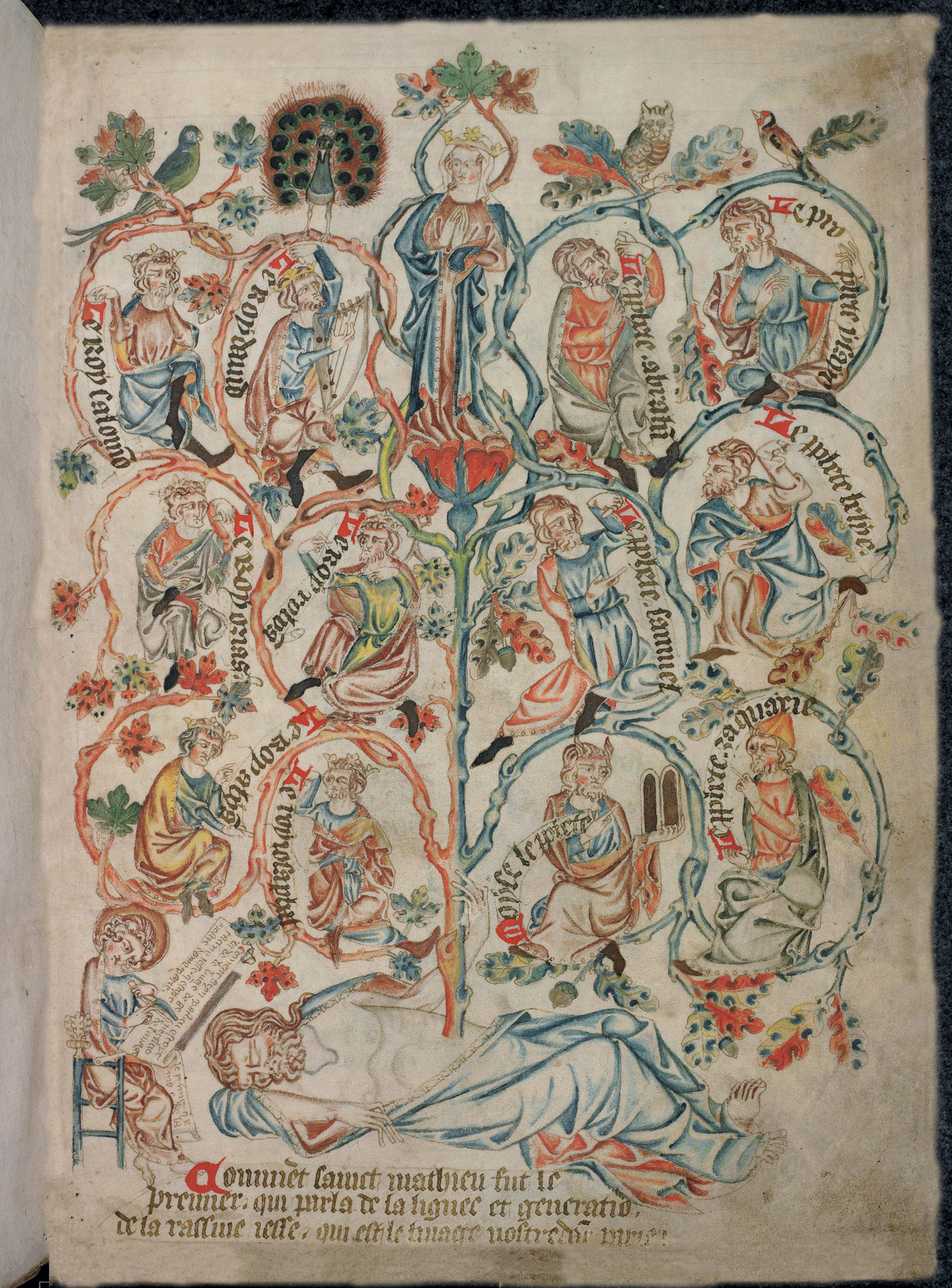“There shall come forth a rod out of the stem of Jesse, and a branch shall grow out of his roots.”
Lenten Campaign 2025
This content is free of charge, as are all our articles.
Support us with a donation that is tax-deductible and enable us to continue to reach millions of readers.
In medieval art, the genealogy of Christ found in the Gospels according to Matthew and Luke is often shown in the form of a tree. While Matthew’s genealogy begins with Abraham and ends up with Jesus, Luke’s genealogy goes the other way around, starting from Jesus and then going all the way back to Adam.
Both genealogies, regardless of the “ascending” or “descending” direction they choose, present Jesus as belonging to the lineage of David, son of Jesse. In fact, this is what allows them to understand Jesus’ birth as being aligned with the prophecy found in the book of Isaiah (Cf. Is. 11:1) in which we read “there shall come forth a rod out of the stem of Jesse, and a branch shall grow out of his roots, and the spirit of the Lord shall rest upon him.”
This vegetal metaphor the prophet himself used, then, was then taken by medieval artists to represent Jesus’ genealogy in a relatively easy way. Even more, the Latin translation of this passage allowed the artists to add some other characters to the tree. In the Latin Vulgate, the passage reads as follows:
“Et egredietur virga de radice Iesse et flos de radice eius ascendet”
Whereas flos means “flower,” virga means “twig,” or “rod.” But it’s also a pretty convenient pun: it is close enough to virgo (that is, Latin for “virgin”). In that sense, it is only natural that the Tree of Jesse (Jesse’s “virga”) ends up with the Virgin Mary crowning the tree, holding Jesus in her arms.
Most of the images of the Tree of Jesse show the figure of Jesse, (often larger than everybody else in the image) either reclined or sleeping, resembling Adam when his rib was taken. Either from his side or from his navel the ascending trunk of a tree (sometimes it’s a vine) branches out to either side. The ancestors of Christ are often seen in these branches. The trunk, finally, ascends vertically to Mary and Christ at the top. Our common use of “family trees,” not surprisingly, derives from this medieval motif.









